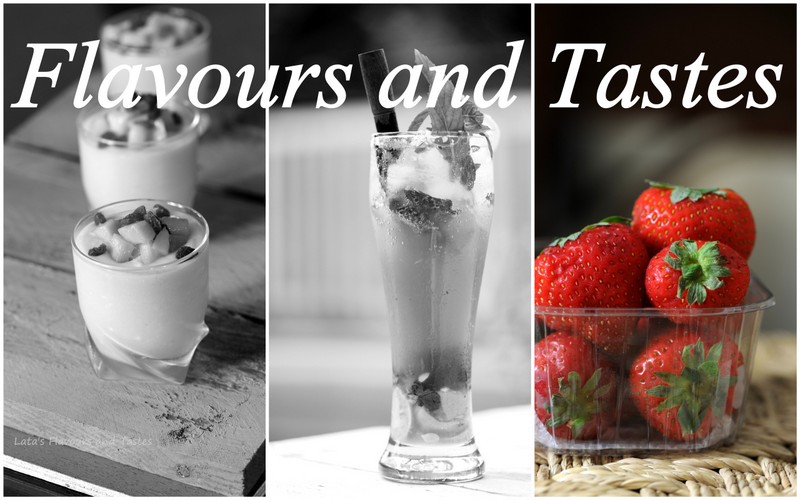This month's recipe for the Indian Cooking Challenge announced by Srivalli and tried by all the members was the jantikalu or murukku famous South Indian savouries. With the festival season upon us, all of us geared ourselves to try it out. Though I do this regularly to indulge my family, replicating the given recipe was fun.
Now, for the recipe given by Srivalli :

Ingredients Needed:
Raw Rice - 4cups
Urad Dal - 1 cup
Water - app 1/2 cup or more
For Seasoning:
Cumin seeds - 1 tsp
Sesame seeds- 1 tsp
Asafoetida/ Hing - 1/2 tsp
Salt to taste
Butter - 75 gms
Method to prepare:
Wash and drain the rice. Dry the rice spread on a cloth in shade for 1/2 hr.
Dry roast the urad dhal to light brown. Allow it to cool.
Dry roast the urad dhal to light brown. Allow it to cool.
If you are using more quantity, you can get it ground in rice mill, else use your mixie to grind both rice and urad dhal.
First grind rice into a fine flour, sieve, repeat until a very fine flour is achieved.
Spread the flour on sheets of paper until required.
Ideally the murukkus taste good if done with this moist flour immediately or it should have dried thoroughly in hot sun and stored.
Similarly grind the roasted urad dal to fine powder.
Spread the flour on sheets of paper until required.
Ideally the murukkus taste good if done with this moist flour immediately or it should have dried thoroughly in hot sun and stored.
Similarly grind the roasted urad dal to fine powder.
In a wide vessel, take both the flours along with salt. Mix well.
Add cumin, sesame seeds to the flour, mix well.
Whether you use asafetida powder or the solid variety, mix it in water, make sure it is dissolved before adding to the flour. If its not dissolved properly, when deep frying the muruku, there are chances for the asafoetida to burst due to presence of solid particles.
Mix the asafoetida to the flour and finally add the butter.Rub the butter in gently and mix the flours to blend well.
Gather everything well and you will get more of a crumbling mixture.
Now gradually add water and knead a dough which is little more softer than the puri dough.
Gather everything well and you will get more of a crumbling mixture.
Now gradually add water and knead a dough which is little more softer than the puri dough.
Heat a kadai with oil enough to deep fry.
Once the oil is hot enough, simmer to low flame.
Take the Muruku achchu, wash and wipe it clean. Then divide the dough into equal balls. Fill the muruku maker with the dough. You can either press it directly over the flame or press over a paper and gently slide it down the hot oil. But since the quantity mentioned here is less, you can press it directly over the kadai.
Cook over medium flame, using a slotted spoon, turn it over to other side to ensure both sides turn golden colour.
Remove to a kitchen paper and store it in a air tight container.

The recipe given by Srivalli is similar to what many of my cookbooks have given. But I usually use 1 cup of urad dhal to 5 cups of raw rice as given by my aunt. Also we are an indulgent family that we use more butter to get melt-in-the-mouth murukkus. But too much butter will make the murukku oily and also may not hold shape rendering them to break. So butter should be optimum, neither too less or too much.
Since we are only two in the family, I have tried the recipe with quarter of the above quantity.
My cup is 240ml standard cup, which while measured heaped weighed 250grams of raw rice. I used split urad dhal levelled in 1/4 cup measure and butter 2 tablespoons. With this I achieved 420 grams of murukkus.
Hope you will all enjoy making these murukkus for the upcoming festive season.






















































